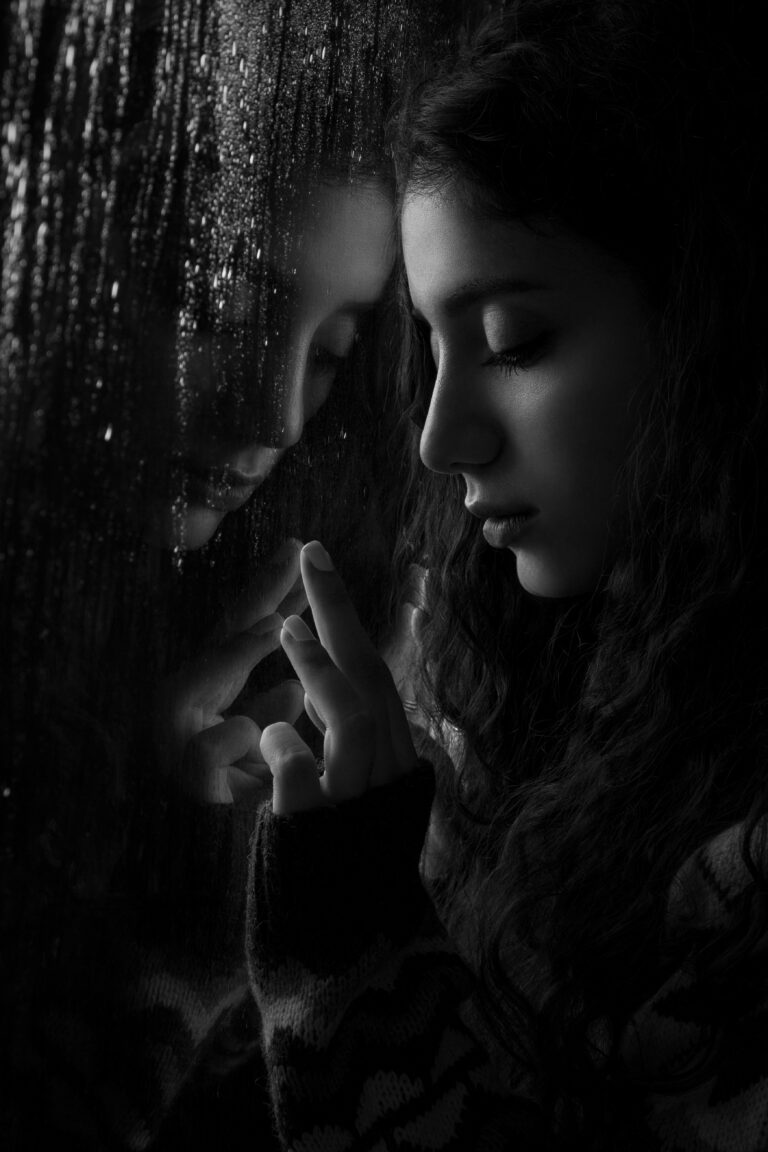SAM
Welcome to Sam Studio!
your ultimate destination for photography, modeling, and freelancing excellence. Elevate your visuals with us!
Contacts
Phone: +971 555 11 88 26
Email: [email protected]
© SAM Studio, 2024. All Rights Reserved.

Lights, Shadows, Clicks: Exploring Photography Techniques
Photography is an art that captures moments, emotions, and stories through a lens. At SAM Studio, we believe that mastering the art of photography requires an understanding of various techniques and elements that can transform a simple click into a masterpiece. In this comprehensive guide, we will delve into the fascinating world of lights, shadows, and clicks, exploring a wide range of photography techniques to help you enhance your skills and creativity.
Understanding Lighting
Lighting is one of the most crucial elements in photography. It sets the mood, highlights the subject, and can dramatically change the perception of an image.
1. Natural Light:
Golden Hour: The hour after sunrise and before sunset, known for its soft, warm tones.
Blue Hour: The period of twilight just before sunrise and after sunset, offering a cool and serene ambiance.
Diffused Light: Overcast days or shaded areas provide soft, even lighting that reduces harsh shadows.
2. Artificial Light:
Studio Lighting: Using equipment like softboxes, reflectors, and strobes to control light intensity and direction.
Continuous Lighting: Constant light sources like LED panels, useful for both photography and videography.
Flash: On-camera or off-camera flash to illuminate subjects, often used with modifiers like diffusers and gels.
3. Lighting Techniques:
Three-Point Lighting: A classic setup with key light, fill light, and backlight to create depth and dimension.
Rembrandt Lighting: A technique creating a triangle of light under the eye opposite the light source, adding drama.
Split Lighting: Illuminating one side of the subject’s face while the other remains in shadow, perfect for creating contrast.
Mastering Shadows
Shadows add depth, texture, and mood to photographs. Understanding how to manipulate shadows can elevate your images to the next level.
1. Hard Shadows:
Created by a small, intense light source, resulting in sharp, defined edges.
Ideal for adding drama and a sense of mystery.
2. Soft Shadows:
Produced by larger, diffused light sources, creating gentle transitions between light and dark areas.
Perfect for portrait photography and achieving a natural look.
3. Shadow Play:
Silhouettes: Capturing subjects against a bright background, rendering them as dark shapes.
Chiaroscuro: A technique using strong contrasts between light and dark to create a sense of volume and three-dimensionality.
Reflections: Using mirrors, water, or glass to create interesting and dynamic shadow effects.
Capturing the Perfect Click
The moment you press the shutter button is critical. Here are techniques to ensure you capture that perfect click.
1. Composition:
Rule of Thirds: Dividing the frame into nine equal parts and placing key elements along these lines or their intersections.
Leading Lines: Using natural lines in the scene to guide the viewer’s eye toward the main subject.
Symmetry and Patterns: Finding balance and repetition in scenes to create visually appealing compositions.
2. Focus and Depth of Field:
Aperture Settings: Controlling the depth of field by adjusting the aperture. A wide aperture (low f-number) creates a shallow depth of field, while a narrow aperture (high f-number) keeps more of the scene in focus.
Selective Focus: Focusing on a specific part of the scene to draw attention to the subject and create a blurred background.
3. Shutter Speed:
Freelancers must navigate the legal Fast Shutter Speed: Freezing motion, ideal for action and sports photography.
Slow Shutter Speed: Capturing motion blur, perfect for creative effects like light trails and flowing water.
4. ISO Settings:
Adjusting ISO to control the camera’s sensitivity to light. Lower ISO for bright conditions and higher ISO for low-light situations, balancing between exposure and noise.
Advanced Techniques
For those looking to push the boundaries of their photography, here are some advanced techniques to explore.
1. HDR (High Dynamic Range) Photography:
Combining multiple exposures to capture a wider range of light and dark details, resulting in more balanced and detailed images.
2. Panoramic Photography:
Stitching together multiple images to create wide-angle or 360-degree views, ideal for landscapes and architectural shots.
3. Macro Photography:
Capturing extreme close-ups of small subjects, revealing intricate details and textures.
4. Long Exposure Photography:
Using extended shutter speeds to capture scenes over a period of time, creating surreal and ethereal effects, especially with moving elements like clouds, water, and lights.
5. Bokeh:
Creating aesthetically pleasing out-of-focus backgrounds by using wide apertures, enhancing the subject’s isolation and adding a dreamy quality to images.
Post-Processing Techniques
The art of photography doesn’t end with the click. Post-processing is a vital step in refining and enhancing your images.
1.Basic Adjustments:
Exposure and Contrast: Balancing the light and dark areas to create a well-exposed image.
Color Correction: Adjusting white balance and color tones to achieve natural or artistic effects.
2. Retouching:
Skin Smoothing: Enhancing portraits by removing blemishes and imperfections.
Dodge and Burn: Selectively lightening or darkening areas to add depth and focus.
3. Creative Edits:
Exposure and Contrast: Balancing the light and dark areas to create a well-exposed image.
Color Correction: Adjusting white balance and color tones to achieve natural or artistic effects.
4. Sharpening and Noise Reduction:
Enhancing details and reducing graininess for crisp, clean images.
Conclusion
Photography is a journey of continuous learning and exploration. By understanding and experimenting with various lighting conditions, shadow manipulations, and clicking techniques, you can unlock new creative possibilities and refine your craft. At SAM Studio, we encourage you to embrace these techniques, push the boundaries of your creativity, and transform your vision into stunning visual art. Happy clicking!
Comments
Hildred
Real Estate
Phillis
Elma